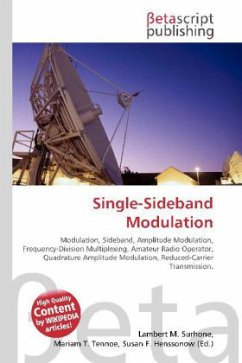High Quality Content by WIKIPEDIA articles! A single crystal solid is a material in which the crystal lattice of the entire sample is continuous and unbroken to the edges of the sample, with no grain boundaries. Because grain boundaries can have significant effects on the physical and electrical properties of a material, single crystals are of interest to industry, and have important industrial applications. Because of a variety of entropic effects on the microstructure of solids, including the distorting effects of impurities and the mobility of crystallographic defects and dislocations, single crystals of meaningful size are exceedingly rare in nature, and are also difficult to produce in the laboratory, though they can be made under controlled conditions. The opposite of a single crystal sample is an amorphous structure where the atomic position is limited to short range order only. In between the two extremes exist polycrystalline and paracrystalline phases, which are made upof a number of smaller crystals known as crystallites.
Bitte wählen Sie Ihr Anliegen aus.
Rechnungen
Retourenschein anfordern
Bestellstatus
Storno








